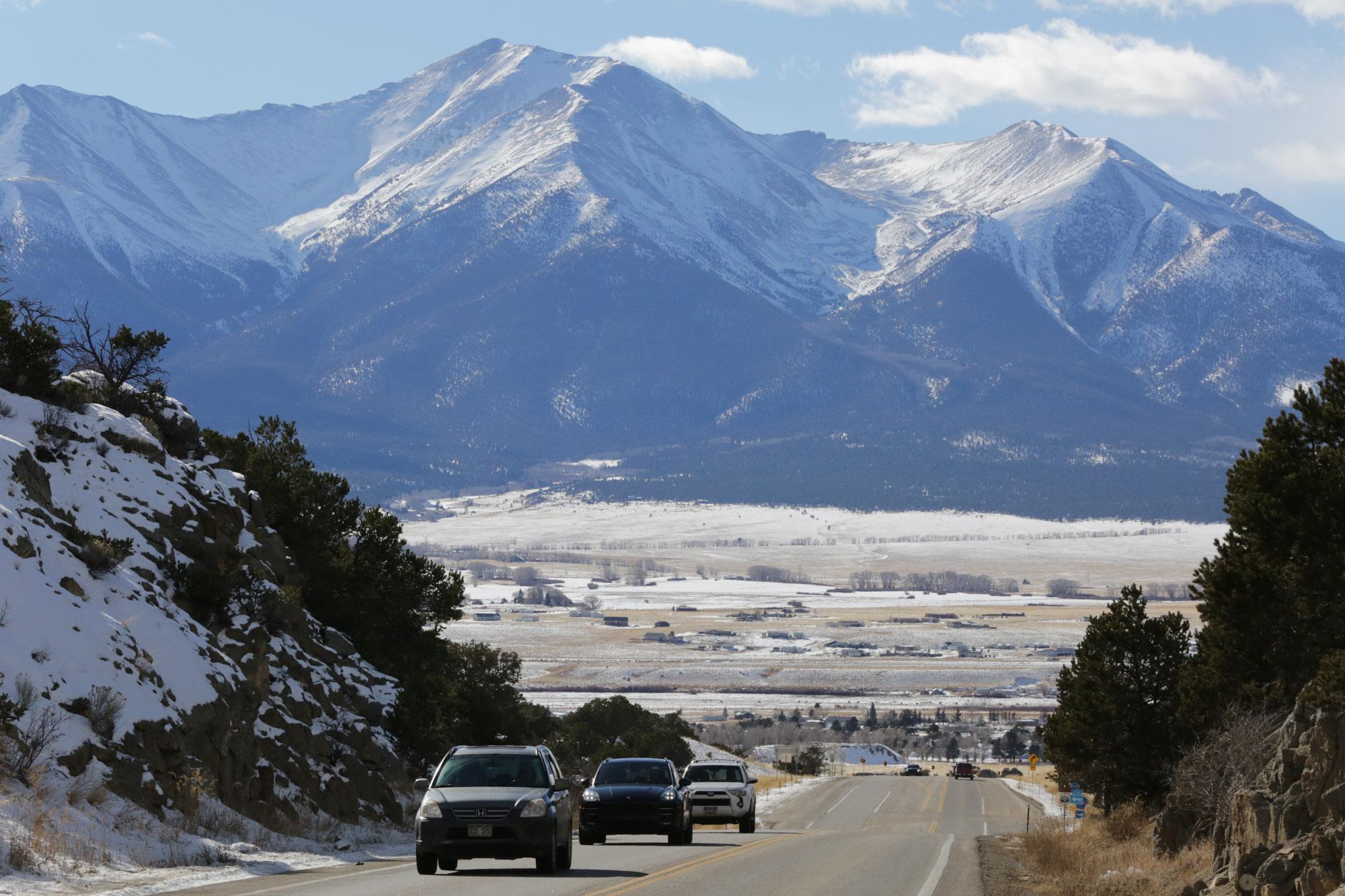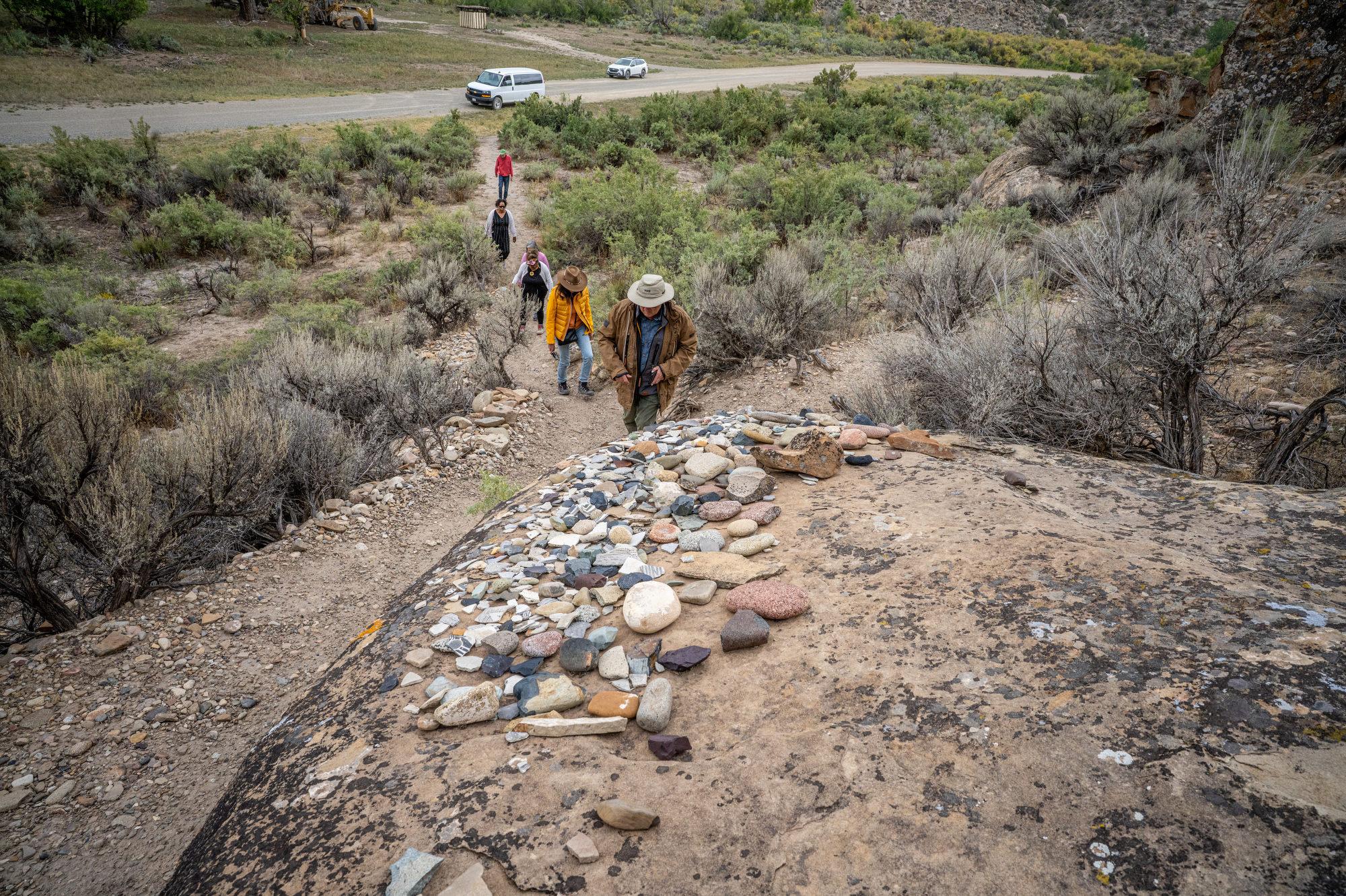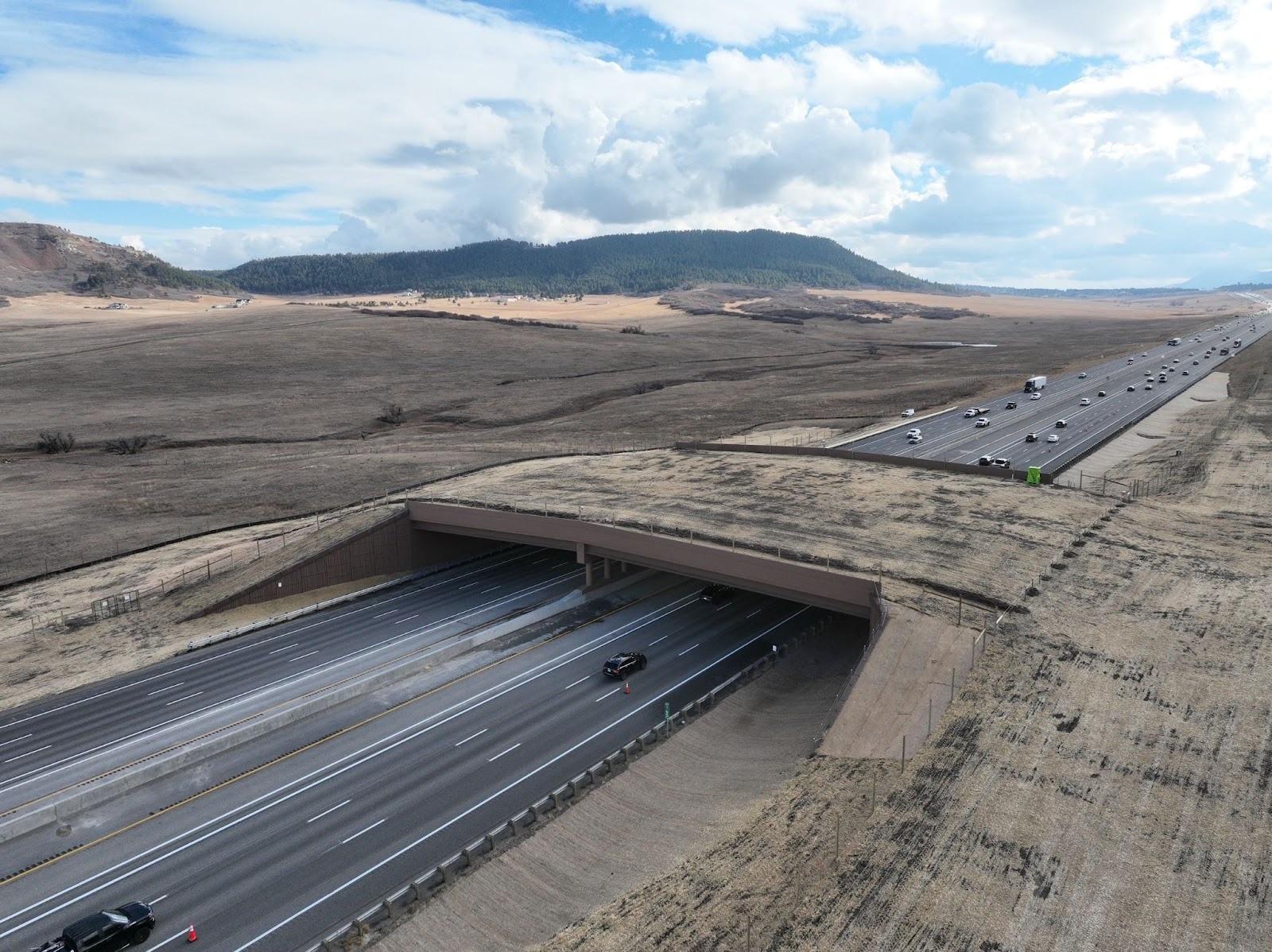
About 260,000 people climbed above 14,000 feet in Colorado last year, marking the lowest level of traffic on the state’s highest peaks since the Colorado Fourteener Initiative began collecting data nine years ago.
CFI released its latest annual report Tuesday. The group said its estimate for 2023 reflected a 6.8 percent drop from 2022, when CFI estimated there were about 279,000 hikers.
The COVID-19 pandemic drove fourteener use to an all-time high of 415,000 estimated hikers in 2020, CFI said. Fourteener use has fallen each year since, with CFI’s 2023 count showing a 37 percent drop from the pandemic peak.
“Hiking Colorado’s 14ers last year was like stepping into a time machine and coming out in 2015,” said Lloyd F. Athearn, executive director of CFI, in a statement.
The CFI report attributed part of the dropoff to the temporary closure of the Decalibron Loop near Alma. It said landowners’ liability concerns prompted the 2023 restrictions, though state lawmakers later passed a bill protecting owners from legal liability for injuries suffered on their property.
Mount Bierstadt and Quandary Peak were the state’s most popular fourteeners in 2023, according to CFI. Each saw an estimated 25,000 to 30,000 hikers. Mount Elbert and Torreys Peak each had an estimated 20,000 to 25,000 hikers.
About 57 percent of all the hikers CFI projected, an estimated 148,000 people, climbed one of the 12 fourteeners closest to Denver.
CFI uses the term “hiker use days” in its report to represent one person hiking one peak on one day. The nonprofit bases its estimates on data from infrared trail counters it installed near 23 summit hiking trails. Data from the counters is then analyzed alongside 14er checklists submitted to CFI’s website by individual hikers.
CFI said it accounted for data from stolen and broken counters by using linear models “incorporating week number, day of the week, holiday and use levels on other similar peaks.”









